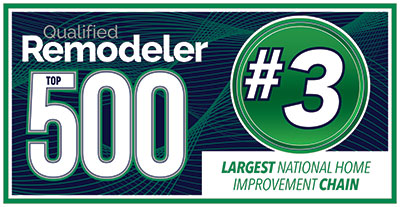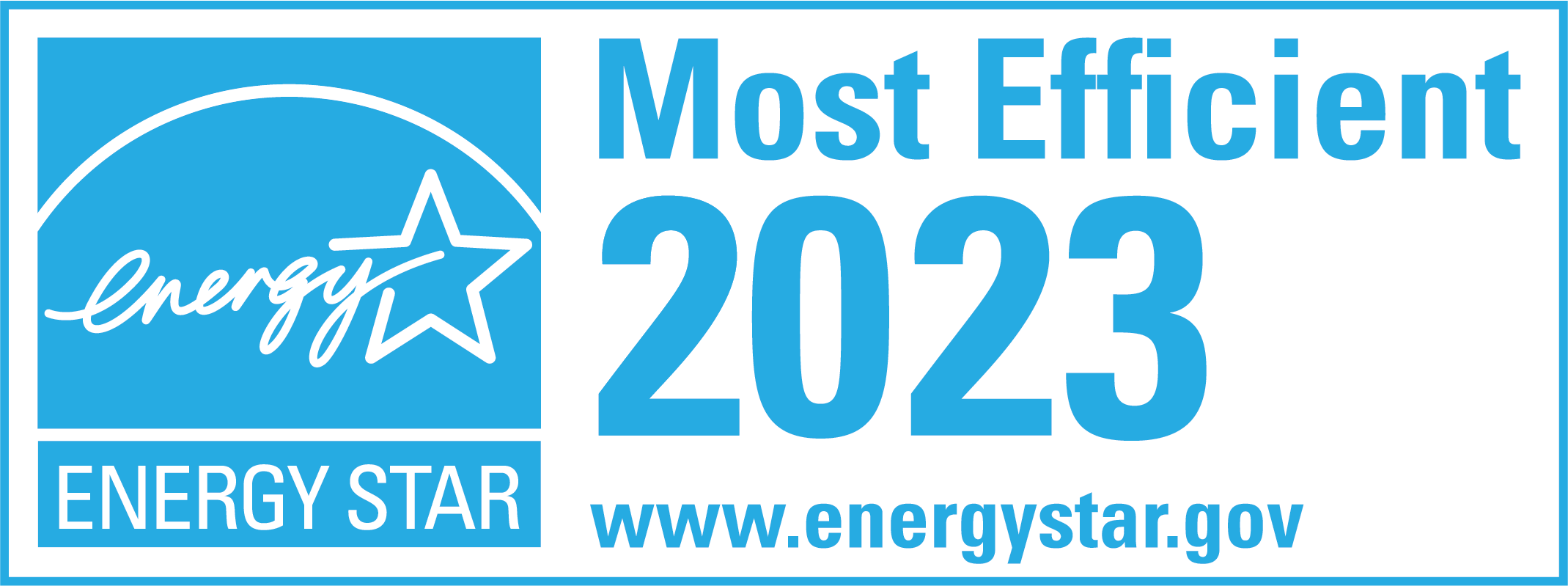How to Maintain Your Vinyl Siding for Long-Lasting Beauty
Regular maintenance is essential if you want your vinyl siding to look great for years to come. Without proper care, your siding can become damaged, stained, or faded, causing your home’s exterior to lose charm and appeal. In this article, we’ll discuss the importance of vinyl siding maintenance and provide simple tips to help you keep your vinyl siding looking its best.
Understanding the Importance of Vinyl Siding Maintenance
Vinyl siding is known for its durability, low cost, and easy maintenance. However, just like any exterior material, it requires regular cleaning and inspection to stay in good condition. Neglecting your siding, or using harsh cleaning chemicals, can cause long-term damage and costly repairs.
There are a few key things to remember when it comes to maintaining your vinyl siding. First, inspect it regularly for any signs of damage or wear. This can include cracks, holes, or discoloration. If you notice any issues, addressing them as soon as possible is important to prevent further damage.
Another important aspect of vinyl siding maintenance is cleaning. While vinyl siding is relatively low-maintenance, it does require occasional cleaning to keep it looking its best. To clean your siding, start by rinsing it down with a hose to remove any loose dirt or debris. Then, use a soft-bristled brush and a mild detergent to scrub away any remaining grime. Avoid harsh chemicals or abrasive materials, as these can damage the siding.
Protecting Your Investment
One of the benefits of vinyl siding is that it is a cost-efficient way to improve your home’s curb appeal and value. Maintaining your siding protects your investment and ensures that your property remains attractive and desirable. Regular maintenance can also save you money in the long run by preventing more significant repairs or replacements.
In addition to regular cleaning and inspection, you can take a few other steps to protect your vinyl siding. For example, trim any trees or bushes growing too close to your home, as these can scratch or damage the siding. You may also want to consider installing gutter guards to prevent debris from building up in your gutters and causing water damage to your siding.
Enhancing Curb Appeal
The exterior of your home is the first thing people notice when they visit. Keeping your vinyl siding clean and fresh can enhance your home’s curb appeal and make it stand out in the neighborhood. With a little effort and the right tools, you can transform your home’s exterior and make it look new again.
You can do a few simple things to enhance your vinyl siding’s curb appeal. For example, add some potted plants or flowers near your front door to add color. You could also add outdoor lighting to highlight your home’s best features. Finally, be sure to keep your lawn and landscaping well-maintained, as this can also greatly impact your home’s overall appearance.
Preventing Costly Repairs
Regular inspection and proper care can help you catch any signs of damage or wear to your vinyl siding. Addressing these issues early can prevent more significant repairs or replacements, saving you time and money.
One of the most important things you can do to prevent costly repairs is to keep your siding clean and dry. Moisture can cause serious damage to vinyl siding, including warping, cracking, and mold growth. Be sure to inspect your siding regularly for any signs of moisture damage, such as bubbling or peeling paint. If you notice any issues, address them immediately to prevent further damage.
By following these simple tips, you can keep your vinyl siding looking great and avoid costly repairs down the line. With a little effort and regular maintenance, you can protect your investment and enhance your home’s curb appeal for years.
Regular Cleaning for a Fresh Look
Cleaning your vinyl siding is one of the most important steps in maintaining its beauty and longevity. Here are some tips to keep your siding looking clean and fresh.
Choosing the Right Cleaning Solution
When cleaning your vinyl siding, avoid harsh chemicals such as bleach or ammonia, as they can cause discoloration and damage to the surface. Instead, use a gentle cleaning solution made specifically for vinyl siding. You can find these cleaners at most hardware or home improvement stores.
Using the Proper Cleaning Techniques
To clean your vinyl siding, wet it with a garden hose. Then, gently scrub the siding using a soft bristle brush, starting from the bottom and working your way up. Rinse the siding with clean water until all soap residue is gone. Avoid using high-pressure washers, as they can damage the siding.
Frequency of Cleaning
Cleaning your vinyl siding frequency depends on your climate and environmental conditions. If you live in an area with high humidity or pollution, you may need to clean your siding more often. Generally, aim to clean your siding at least once a year to remove dirt, grime, and other debris that might accumulate over time.
Inspecting for Damage and Wear
Even with regular cleaning, your vinyl siding can still suffer damage from weather, sunlight, or accidental impacts. Inspecting your siding periodically can help you identify and address any issues before they become more severe.
Identifying Common Issues
Some of the most common issues that can affect vinyl siding include cracks, warping, fading, or mold and mildew growth. These problems can occur for a variety of reasons, from exposure to extreme temperatures to poor installation or drainage. Checking your siding for these signs can help you quickly catch any problems.
Addressing Minor Repairs
If you notice any minor damage to your siding, such as a small crack or hole, you can fix it using a vinyl repair kit or patching material. These products are available at most hardware stores and come with instructions on how to apply them.
When to Call a Professional
If your siding has sustained significant damage or you’re uncomfortable repairing it yourself, it’s best to call a professional siding contractor. They can assess the extent of the damage and recommend the best course of action, whether repair or replacement.
Preventing Mold and Mildew Growth
Vinyl siding is susceptible to mold and mildew growth, especially in humid or damp environments. Here are some tips to prevent and treat mold on your vinyl siding.
Understanding the Causes of Mold and Mildew
Mold and mildew can grow on your siding with excess moisture, such as rain or humidity. Poor ventilation or drainage can also contribute to the problem. If left unchecked, mold and mildew can cause unsightly stains and odors and even affect your health.
Tips for Mold Prevention
To prevent mold and mildew from growing on your vinyl siding, keep it clean and dry. Trim any trees or bushes touching your siding to increase airflow and sunlight exposure. You can also install a gutter system to divert water from your siding.
Treating Existing Mold and Mildew
If you notice mold or mildew growing on your vinyl siding, it’s essential to address it promptly. You can use a vinyl siding cleaner that contains a mildewcide or a solution of water and vinegar to remove the mold. Avoid using a pressure washer, as it can spread the spores and cause further damage to your siding.
Conclusion
Maintaining your vinyl siding might seem overwhelming, but with a little effort and the right tools, you can keep it looking beautiful and protect your investment. By following these simple tips, you can ensure that your siding remains in excellent condition for years.
Click here to submit a request for a free estimate, or call us at 214-399-9592.






